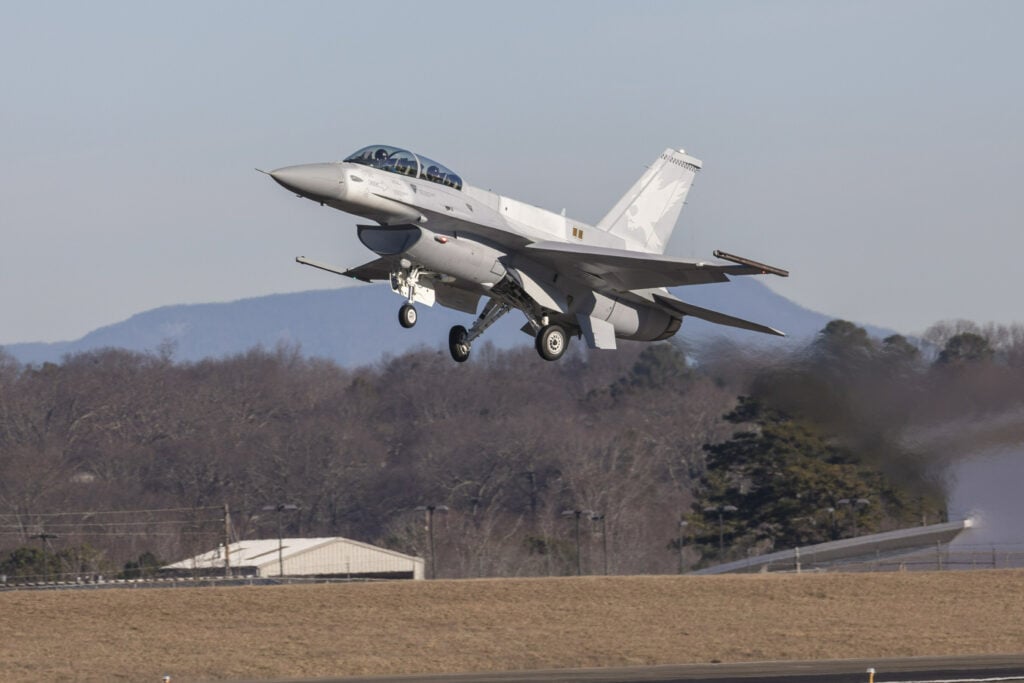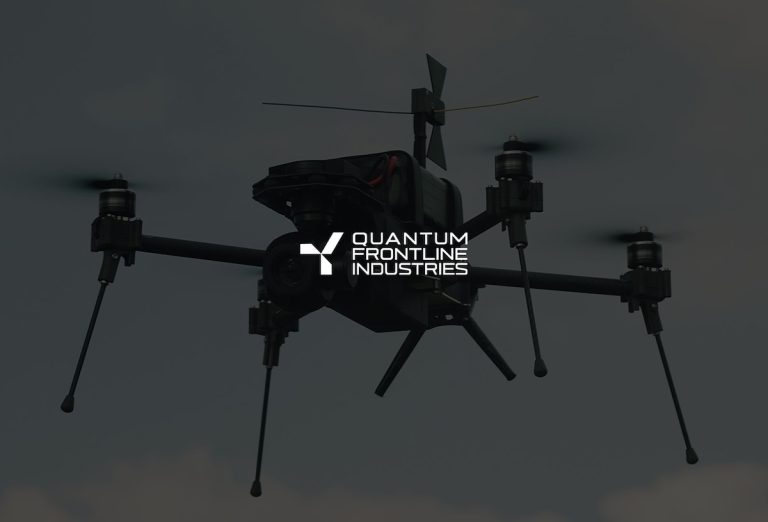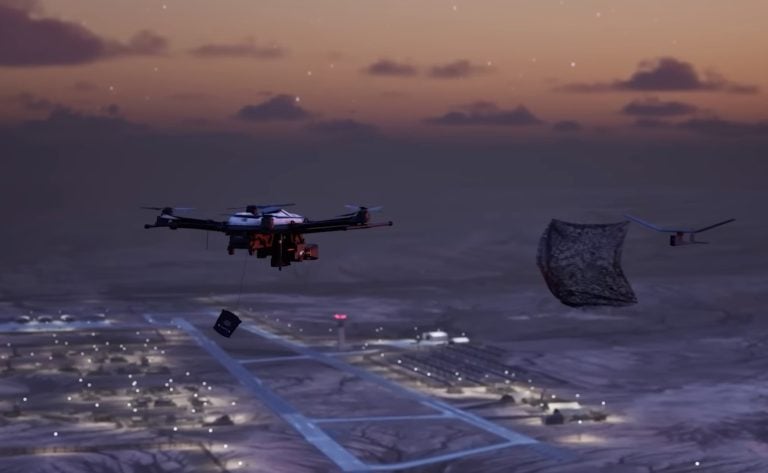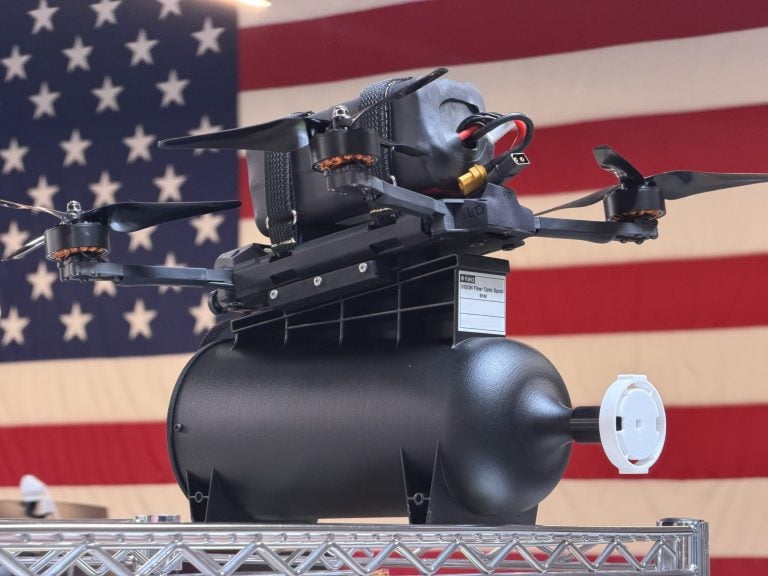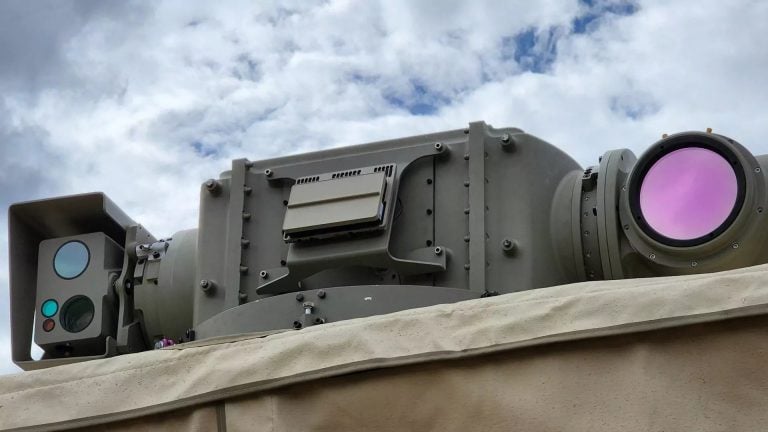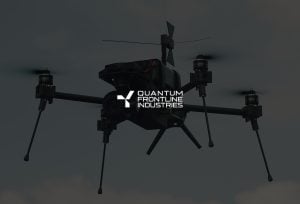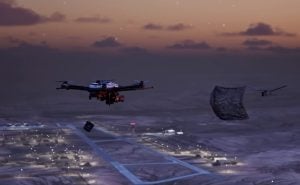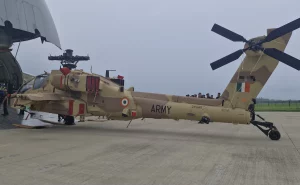Lockheed Martin is taking significant steps to strengthen its collaboration with the Philippines, particularly in the context of its proposal for the F-16 Block 70 as part of the nation’s Multi-Role Fighter program. As part of this initiative, Lockheed Martin has partnered with Southern Methodist University (SMU), tapping into its resources such as the Center for Digital and Human-Augmented Manufacturing and the Deason Innovation Gym. This partnership aims to significantly enhance the Philippines’ capabilities in areas such as digital modeling and simulations.
The collaboration extends beyond mere technical support; it includes advancements in virtual and augmented reality, robotics, automation, and artificial intelligence. In addition to these technological enhancements, the initiative promises to fund various projects including business incubation, government initiatives, and academic programs. A state-of-the-art research lab and training facility will also be established, focusing on the development of new technologies and creating intellectual property that could contribute to the industry.
Dr. Ben Zoghi, Associate Dean for Advanced Studies and Industry Partnerships at Southern Methodist University, remarked on the transformative potential of this collaboration, stating, “These projects will significantly boost the Philippines’ academia and industry, enabling them to leverage digital innovation technologies to drive economic growth and global industrial competitiveness.”
At the core of Lockheed Martin’s proposal is the F-16 Block 70, the latest variant of the F-16 fighter jet. This model boasts a suite of upgraded systems and enhanced performance capabilities when compared to its predecessors. Notably, the aircraft is equipped with the Northrop Grumman APG-83 AESA radar, which offers detailed target information and customizable map displays through advanced slew and zoom functions.
Moreover, the F-16 Block 70 features a high-resolution Center Pedestal Display designed for tactical imagery, air-to-air displays, and digital flight data, significantly improving situational awareness for pilots. The jet is also fitted with the Sniper Advanced Targeting Pod, which allows for high-resolution imagery and laser targeting of both ground and aerial threats.
The incorporation of the Legion-ES IRST system further enhances the aircraft’s capabilities by using passive sensors to detect and track airborne targets, thus improving pilot awareness and overall safety. Additionally, the aircraft has an extended structural life of 12,000 hours—over 50 percent longer than earlier models—which enhances its operational longevity.
With innovations like conformal fuel tanks and an upgraded engine, the F-16 Block 70 offers increased range while maintaining aerodynamic efficiency, making it a formidable asset for the Philippines’ defense capabilities. As Lockheed Martin moves forward with this ambitious collaboration, the implications for both technological advancement and military preparedness in the Philippines are profound.
